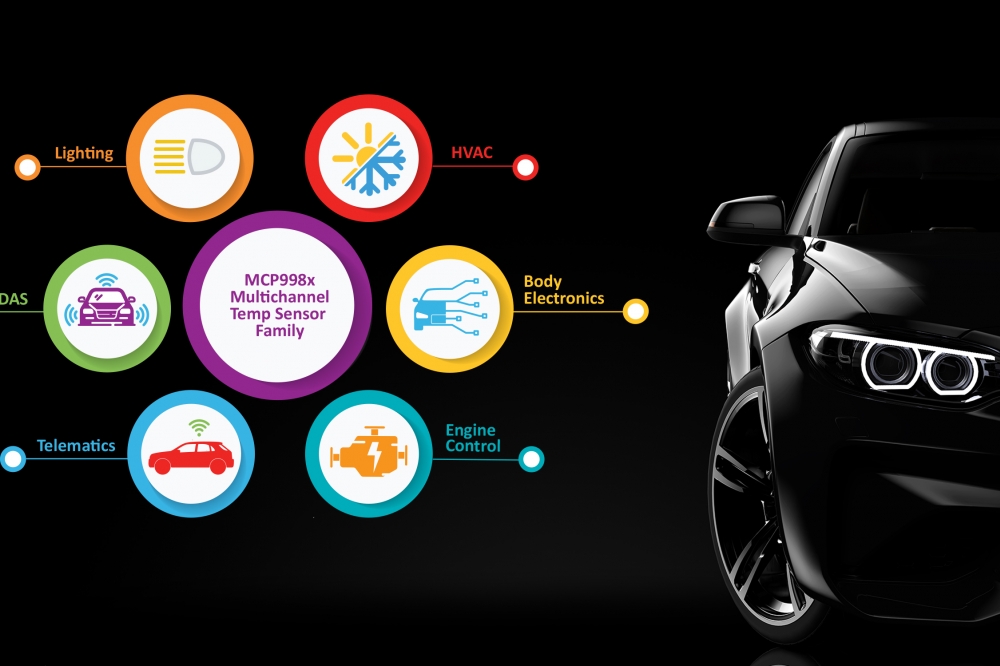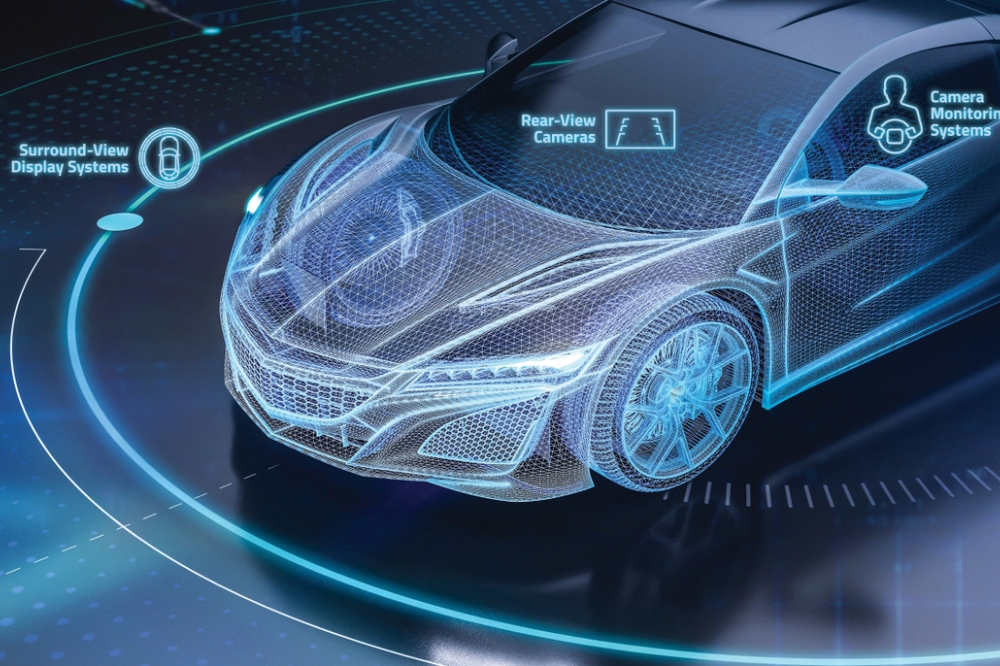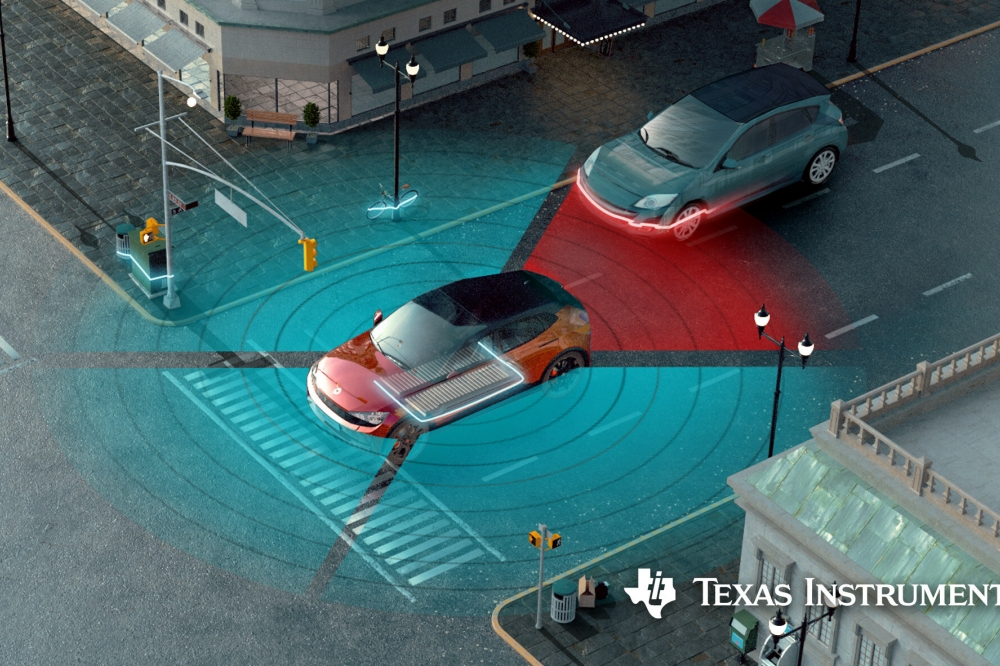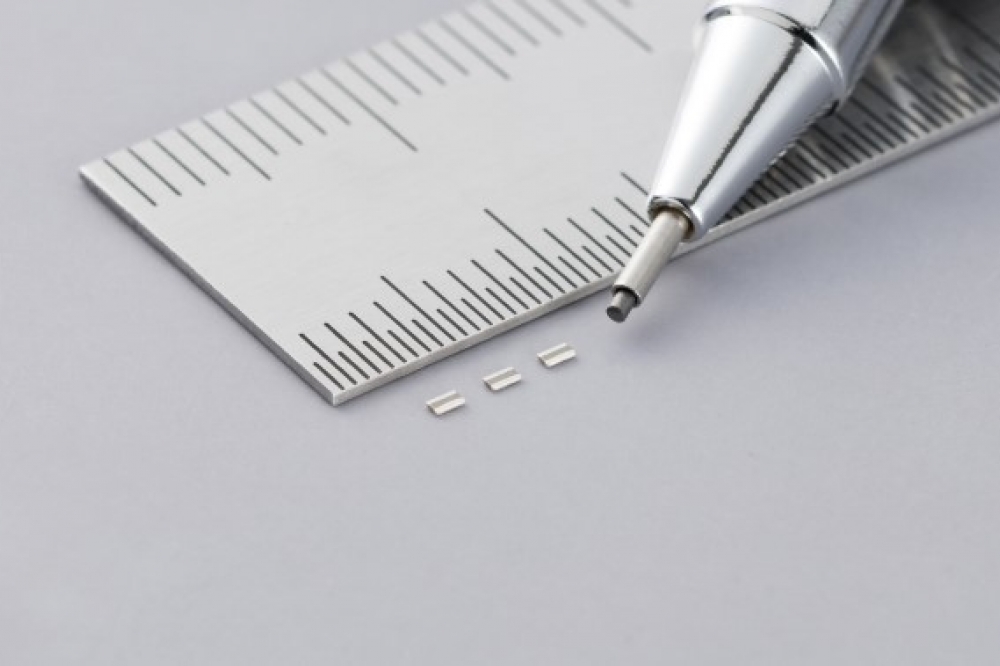History of the MX Models

Mazda’s first battery electric vehicle, the Mazda MX-30 will arrive in the UK early next year.
In a year that sees Mazda celebrate its centenary, the Japanese firm is also looking to the future with the debut of its first all-electric production vehicle – the Mazda MX-30. With UK customer deliveries beginning in early 2021, the MX-30 is a unique, stylish and versatile crossover EV.
With its distinctive styling and freestyle doors combined with a cabin where the use of environmentally-friendly materials has been carefully matched to meticulous quality and finish, the MX-30 is a stand-out addition to the Mazda line-up. However, why does it wear the MX moniker? A badge made most famous by the MX-5. Well, a look back through Mazda’s history highlights that the MX name pre-dates the world’s best-selling roadster and in fact has been used more than a dozen times across a broad spread of production, concept and racing Mazdas.
The MX prefix is given to a car that takes on a challenge to create and deliver new values without being confined by convention regardless of vehicle type. When it was revealed in 1989 the Mazda MX-5 was exactly this kind of car, as the automotive industry as a whole moved away from the affordable sports car, Mazda defied convention to create a perfect modern reinterpretation of the classic rear-wheel drive roadster.
More than three decades later the MX-5 needs no introduction, but the first car to wear the MX badge is less famous, however there’s no forgetting it once you’ve seen it. Revealed in 1981, the Mazda MX-81 Aria concept car was created by Italian styling house Bertone, who using Mazda 323 running gear created a futuristic wedge-shaped hatchback. With its gold paint, huge glasshouse and pop-up lights it stood out at the Tokyo Motor Show, but with its recessed square steering wheel, TV screen cockpit and side swinging front seats, it was arguably the interior that was the most radical. A one-off concept that certainly met the defy convention ethos of MX models, it led to a future relationship with Bertone, while things like the high-mounted taillights and pop-up headlamps appeared in future Mazda production cars later in the eighties.
Next in the MX lineage was the 1983 MX-02 concept car, a big flat sided five-door hatch with large windows, aerodynamic rear wheel covers and flared in door mirrors. Unique features included rear wheel steering and a windscreen head-up display. The one-off theme continued with the 1985 Mazda MX-03, which again was a radical looking concept car, but this time it was a defy convention sports car that was powered by a triple rotor 315ps engine. Conceived purely as a concept, this low-slung coupe, was pure futuristic exuberance, with a cabin that featured an aircraft style yoke rather than a wheel, plus digital displays and a head-up display, its technology tally also including four-wheel steering and all-wheel drive, while the long low body delivered an aerodynamic Cd figure of just 0.25.
While the MX-02 and MX-03 shared some of the same futuristic design cues, the MX-04 was completely different. Revealed at the 1987 Tokyo Motor Show, the MX-04 was a front-engine rear-wheel drive sports car chassis that had removable fibreglass panels, but not just one, but two different sets, allowing the car to switch from a glass dome roofed coupe to a beach buggy style open sided roadster. Powered by a rotary engine this barmy shape-shifting sports car was never a serious contender for production, but little did outsiders know that Mazda was already developing the MX-5, and just two-years later, the most famous car to wear a MX badge arrived.
And the next cars to wear the MX badge were also production models, both cars built on the MX-5’s success and offered very different coupe styles. Sold from 1992 to 1993, the Mazda MX-3 was a four-seat coupe hatchback that disregarded the convention for normal hatchbacks to offer buyers something far more stylish and sportier, while it further earnt its MX badge by being available with the world’s smallest mass-produced V6 engine. The larger MX-6 coupe conveyed big premium coupe style for family saloon money, but in the 1990s arguably the most radical car to wear the MX badge was the Mazda MXR-01.
After the rotary powered Mazda 787B took victory in the 1991 Le Mans 24 Hours, the FIA promptly banned rotary powered cars, leaving Mazda looking for a new car for the 1992 World Sportscar Championship at very short notice. A solution arrived in the shape of the incredible Mazda MXR-01 prototype race car. Based on the previous seasons Jaguar XJR-14, the British firms’ withdrawal from sportscar racing, allowed Mazda to adapt this radical Ross Brawn designed prototype and fit a Mazda badged V10 Judd engine. Famed for its incredible grip and downforce, just five examples where built, but sadly the collapse of the World Sportscar Championship at the end of 1992 spelt the end of Mazda’s world level motorsport programme and denied the MXR-01 the chance of success.
Into the 21st century the MX moniker returned to adorn concept cars, all of which stayed true to the MX ethos of delivering something new by challenging convention: the 2001 MX-Sport Tourer concept was a radical MPV concept with freestyle doors and sweeping body design, that highlighted the fact an MPVs did not have to be boxy or dull, something the resulting Mazda5 proved. In fact, the 2004 Mazda MX-Flexa was a concept that was even closer to the final ground-breaking Mazda5 production car, sharing its popular sliding rear doors.
The 2002 MX-Sport Runabout concept previewed the modern look of the second-generation Mazda2, while the 2003 MX-Sportif was the concept that previewed the first generation Mazda3, which was a big step forward from the outgoing Mazda 323. The MX-MicroSport was a US focused hatchback concept, revealed at the 2004 Detroit Motor Show, but the nineties MX concept that really started Mazda on the road to another success story that set it apart from other brands, was the 2005 MX-Crossport. Inspired by the Mazda RX-8 sportscar this was a sporty looking SUV concept with sculpted wheel arches, slender headlamps and bold shoulder lines that previewed the Mazda CX-7 – a pivotal car that established the fact that Mazda could build a stylish, sporty SUV with car like dynamics to rival the best SUVs from premium brands. A car that established a lineage of award-winning SUVs that leads to today’s CX-5 and CX-30 – the MX-Crossport sat at the start of this SUV success story.
And now with the arrival of the ground-breaking MX-30, it’s appropriate that the MX name returns to a production model – as Mazda’s first production EV, the MX-30 is a car that represents a new chapter in Mazda’s history.
History of the MX Models
Modified on Thursday 14th May 2020
Find all articles related to:
History of the MX Models


 Add to my Reading List
Add to my Reading List Remove from my Reading List
Remove from my Reading List











